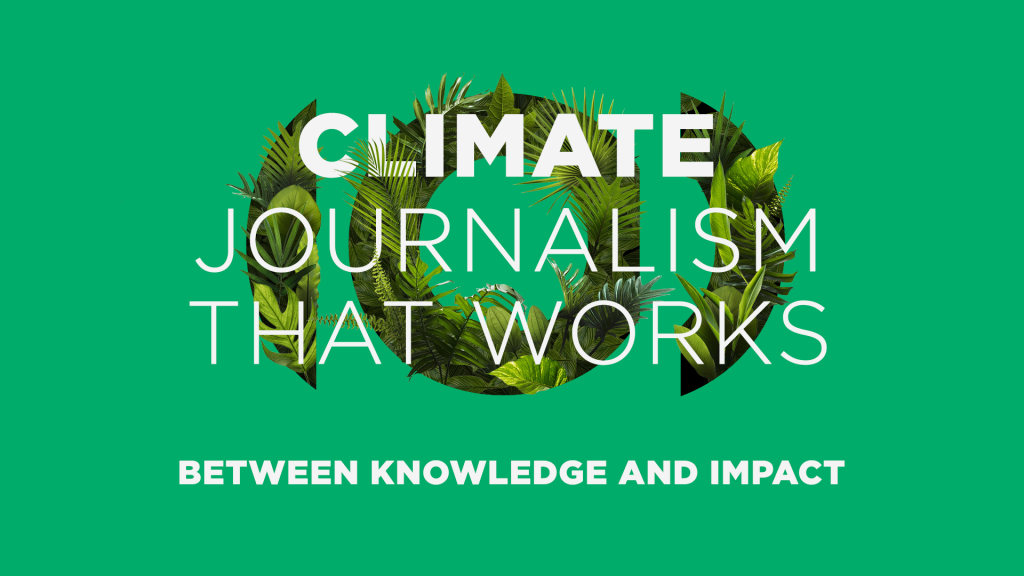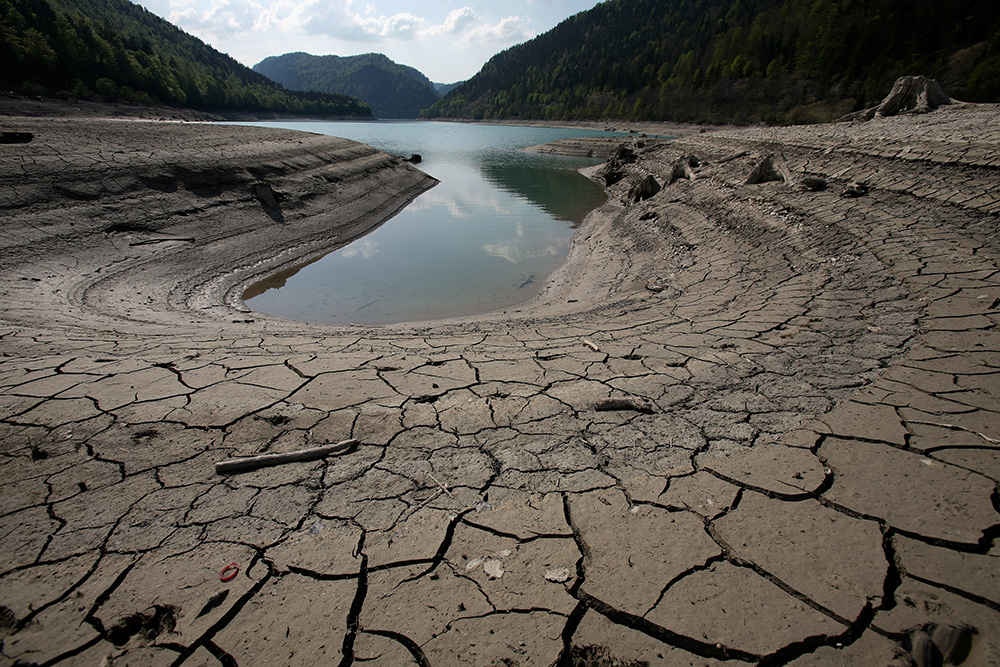It is safe to say that climate journalism, as it has been pursued for the past decades, doesn’t work. Much of it doesn’t resonate with audiences and fails to engage those who are not invested already. There are many reasons for this, one being that it has been stuck in its own silo.

Climate journalism has been done by climate journalists or – when there are major events – by political journalists. In most newsrooms it has not been treated as an integral part of everything that covers human activity, particularly business life and economics. Only, the climate doesn’t care – climate change marches on.
What doesn’t help – is that climate often elicits a big yawn with editors. Aren’t we doing enough already?
In a survey of international media leaders, from Oxford University’s Reuters Institute, the majority of close to 300 respondents felt they were doing a good job in covering the climate challenge. By contrast, our research for the recently published EBU News Report “Climate Journalism That Works – Between Knowledge and Impact” reveals quite a bit of insecurity among the more than 40 media leaders and experts we interviewed. Only a few newsrooms had tackled the issue in a strategic way, and even those found it a challenging task.

There is no way around it, the issue needs to be tackled in a strategically. The media has a responsibility to inform the public about imminent threats and potential remedies to help them make better decisions for their lives, those of their children and for their communities. But how to go about it to make climate journalism resonate with people and have an impact?
Our EBU report should help with this. It includes eleven case studies of media organizations from public service and beyond that have developed specific products or strategies to improve their climate journalism. It contains an abundance of resources including a list of helpful organizations and sources, book recommendations, and a glossary: “What every editor needs to know about climate change” plus hands-on advice by communications researchers and other experts on what can and should be done and what avoided. And it lists questions that should help every newsroom to guide and check their climate strategy:
- Have you defined the role of your organization in the climate change challenge?
- Have you defined what success should look like and how you measure it?
- Have you aligned your internal structures and your talent with your goals?
- Have you defined your audiences and the dos and don’ts of your climate journalism?
- Have you defined a training concept for your newsroom and leadership?
- Have you thought about potential partners including a funding strategy?
- Have you mapped out stakeholder support and defined potential roadblocks?
If you can put a “yes” behind every single question, you are all set. If not, well, you might want to get to work – diving into the report could be a good starting point.
EBU website:











